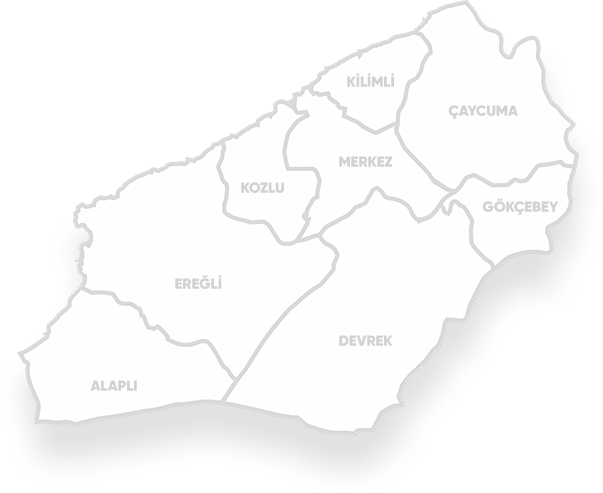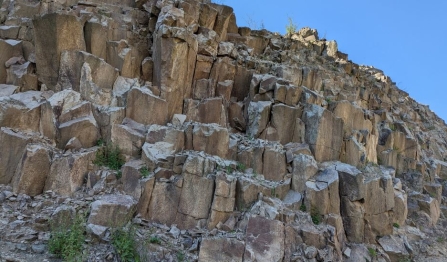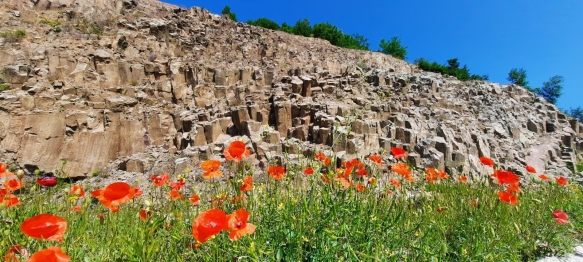
-
 About Us
About Us Detailed information about Zonguldak Coal Geopark and more...
About Us
About Us Detailed information about Zonguldak Coal Geopark and more... -
 Enjoy
Enjoy
-
 Discover
Discover Discover Zonguldak Geoparks
Discover
Discover Discover Zonguldak Geoparks -
 Learn
Learn
-
 Activities
Activities
-
 GeoNetwork
GeoNetwork
-
 Contact Us
Contact Us


Andesitic Lava Columns
G-33 The formation of the Western Black Sea basin is about 125 million years ago when the Istanbul-Zonguldak plate fragment separated from the south of the Laurasia continent (that is, from the region where the present-day Odessa shelf is) and moved along two transform faults (right-slip West Black Sea and left-slip Crimean faults). It is based on its merging with the Sakarya plate in the south 40 million years ago. During the orogenic movement, the Western Black Sea basin was opened in the north, while the Inner Pontide ocean was closed in the south. The Istanbul - Zonguldak zone consisted of islands located in the form of an arc between these two marine areas. The subduction and volcanism that took place in front of the island arc and resulted in the closure of the Inner Pontite ocean caused the formation of both marine and volcanic units during the Late Cretaceous (Yemişliçay Upper Group). The lava columns observed at the location represent the volcanic events of this process that took place approximately 93.9-72.1 million years ago. These lavas, which are the product of a calc-alkaline island arc volcanism, reached the earth's surface in the Istanbul-Zonguldak zone, which was in the form of an island system at that time, and cooled rapidly to form columnar structures. The andesitic lava columns, which are heavily altered and dominated by a regular crack and fracture system, have gray and greenish color tones, 50-60 cm thick columnar structures, massive and porous (gas spaces related to rapid cooling).


